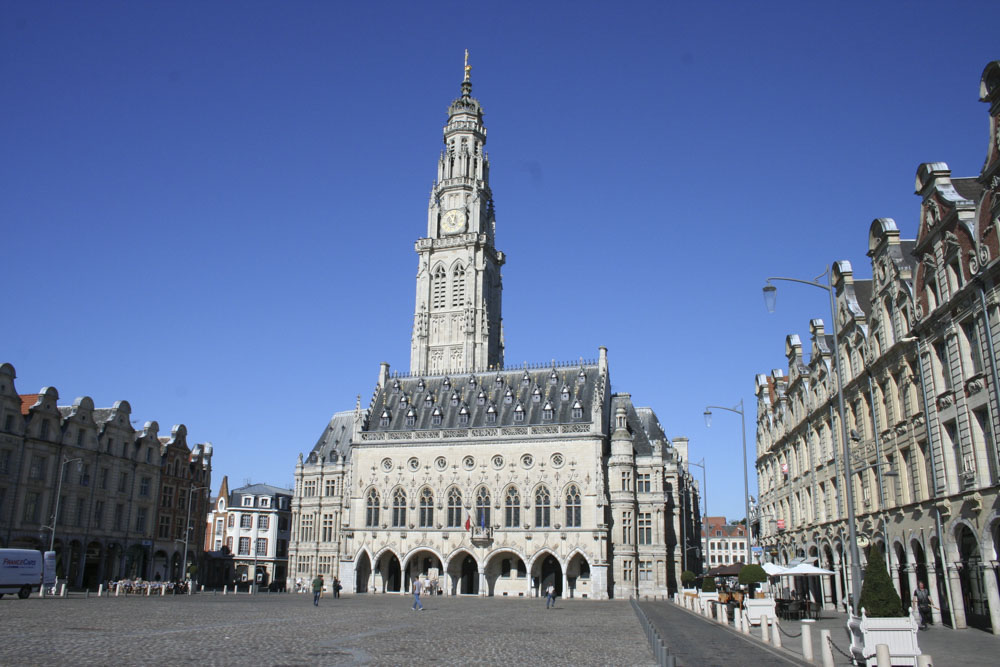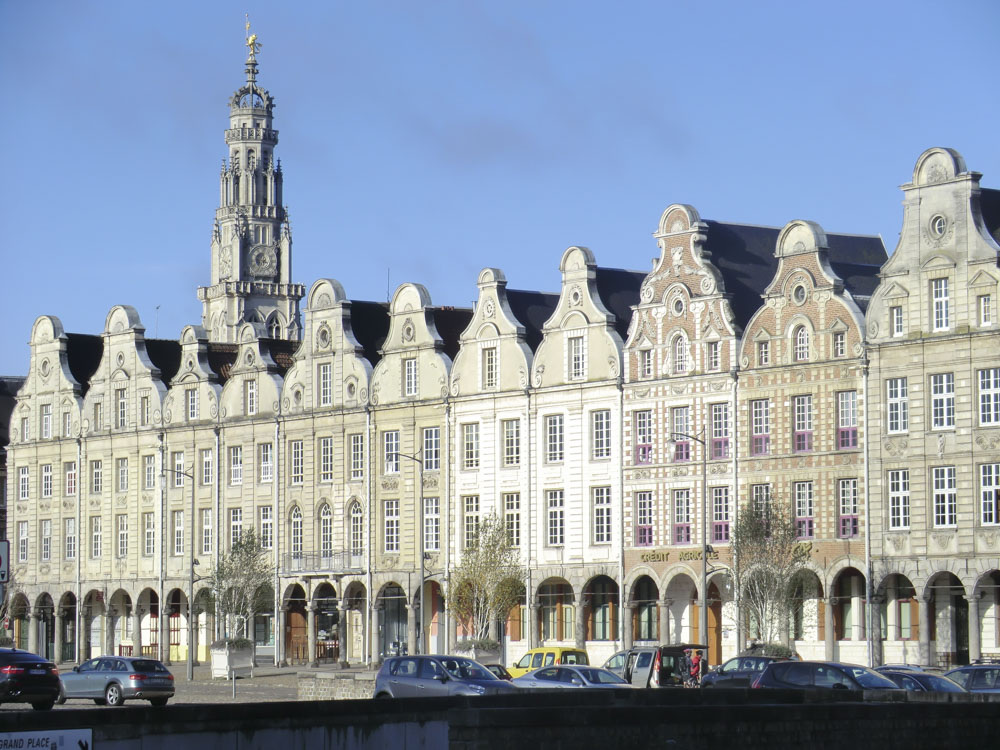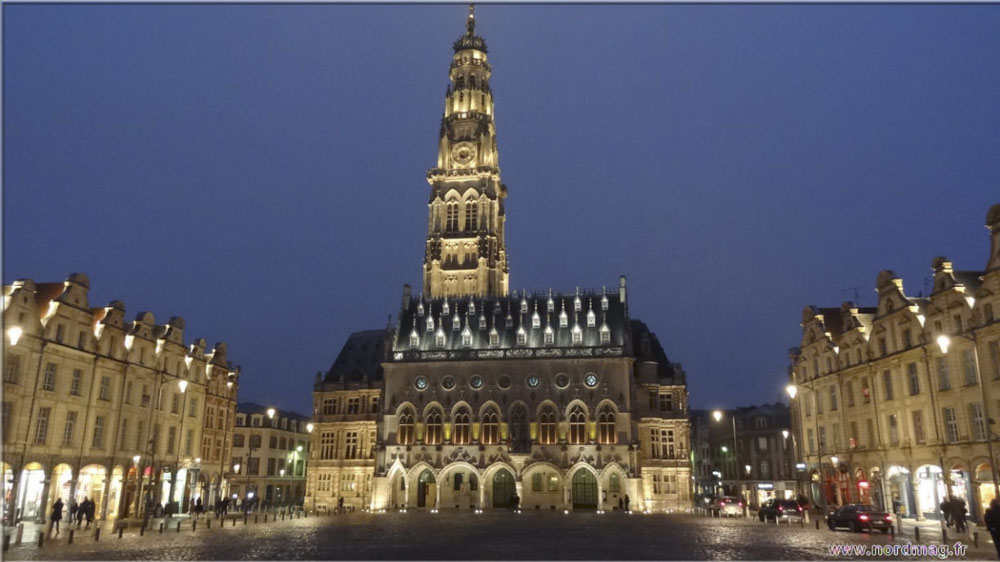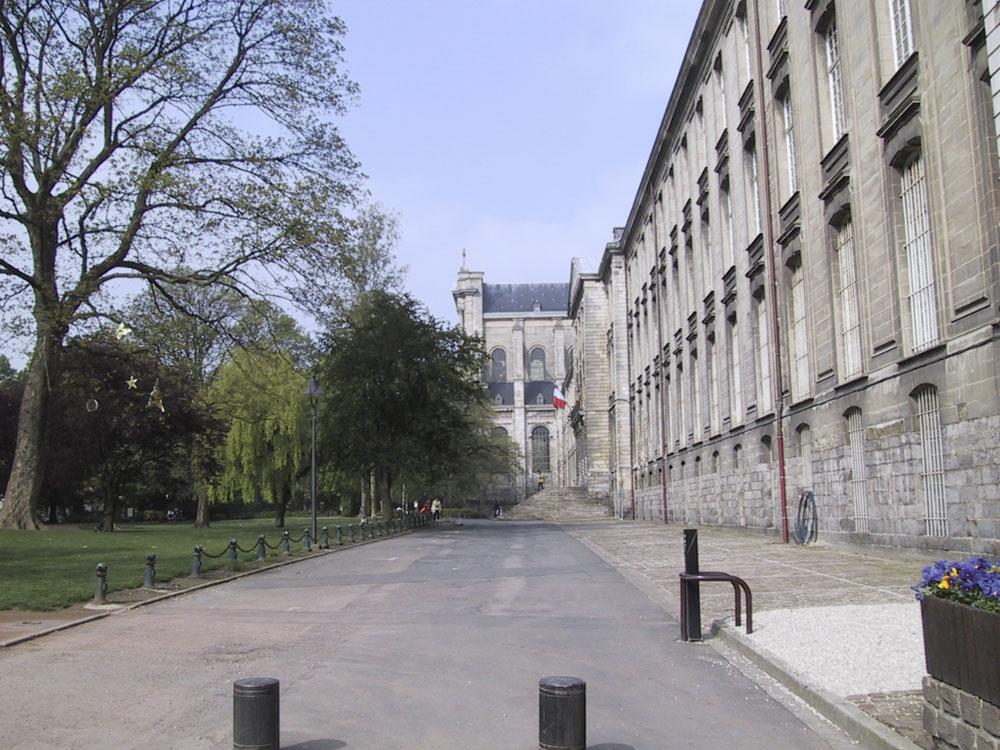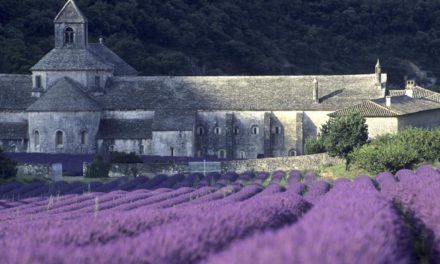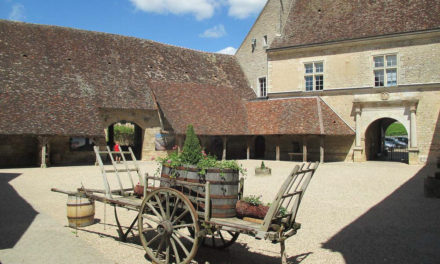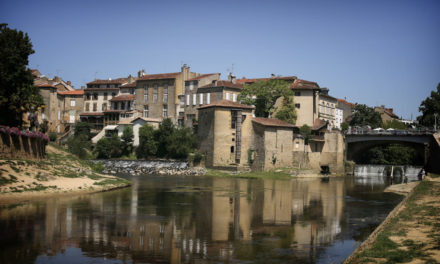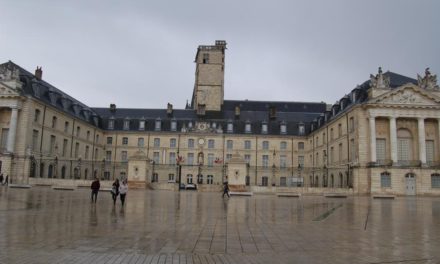Arras, first city of the region, originated in the Gallo Roman period when, as ‘Nemacatum’, it earned an important reputation for the cloth industry from the first century. The evangelism of Arras was attributed to Saint Vaast, after whom the Abbey is named. The Abbey and its Church were entirely reconstructed in the18th century from plans drawn by the architect of La Madeleine Church in Paris and was elevated to the rank of Cathedral when the medieval ‘Notre Dame en Cité’ was demolished. They constitute the largest complex of 18th century religious architecture in France. The Abbey is home to the Museum of Fine Arts which includes in its collections paintings by Pierre Brueghel the Younger, Philippe de Champaigne and a portrait of Pierre de Montesquiou, Count d’Artagnan, once Governor of Arras and Dumas’ source of inspiration. You can see the beautiful 13th century Angels of Saudemont as well as various finds from archaeological digs in the region, including a bronze statuette of Attis and a treasure trove of coins including one of the earliest examples from the City of London .
Book a Hotel in Arras
Deux Places
On the site of the former orchards of the St Vaast Abbey, the Grand Place and Petite Place were conceived to hold vast markets as the city evolved, enjoying prosperity from varying trades. 155 houses were built in the Flemish baroque style, their gables ornamented with individual decorations of fruits, flowers, ribbons or garlands. The design of two crossed wheat sheaves are much in evidence, dating from the 16th century when the town had a major grain market. The houses, constructed of brick and white stone overlaid with a coloured coating and with arcades with sandstone columns, were built under an order dating from the 16th century forbidding any projection over the streets, designed to prevent the spread of fires.
History
The two squares cover just over 4 acres. In the Petite Place you can visit the Hotel de Ville or town hall, an ornate structure in the gothic style, surmounted by the belfry complete with its lion where visitors can gain a superb view of the town and its surroundings. The construction of the belfry began in 1463 and ended in 1554. The town hall, which began its life in 1502, was entirely destroyed during the first World War and rebuilt as the original between 1924 and 1932. The famous revolutionary, Robespierre, known as the ‘incorruptable’ for his fight against corruption during the terror period, was born in Arras and a room in the town hall exhibits his bust and is dedicated to him. A vast subterranean network runs beneath the city incorporating the galleries of an ancient quarry and 16th century cellars. There are numerous guided tours of the city and a 1900 metre long circuit is indicated by pavement studs leading you to the main places of interest. For the less energetic, carriage tours leave from the Town Hall and follow the same route.
Arras Theatre
In the 13th century, Arras rose to fame as the city of 80 poets and was known as the largest literary centre in Europe, progressing to become the ‘cradle of French Theatre’. Its 18th Century theatre was one of the last examples of a theatre ‘à l’italienne’ in France and hosts a wealth of productions from June to September. In the 15th century, Arras became the world capital of high-warp loom tapestry which took over from cloth manufacturing. The Fine Arts Museum has a tapestry of St Vaast and the Bear dating from this era. Next to rise to importance was the grain trade which reached its full potential in the 18th century. Arras chinaware manufactured by the Delemer sisters also enjoyed some element of fame at this time. Nowadays with good TGV links and equidistant from Paris, London and Brussels, Arras is much in demand as a conference or commercial venue. With over 80 gourmet restaurants and its European Centre for Exchange and Communication, it has much to offer the business community as well as tourists who flock to the famous squares to witness the many colourful markets, festivals and exhibitions held there, particularly from April to September. Market days – Saturday and Wednesday mornings – Place des Heros.
Copyright text : Sarah Francis.
Travel
Travel by Car
Book your crossing now with Eurotunnel –

